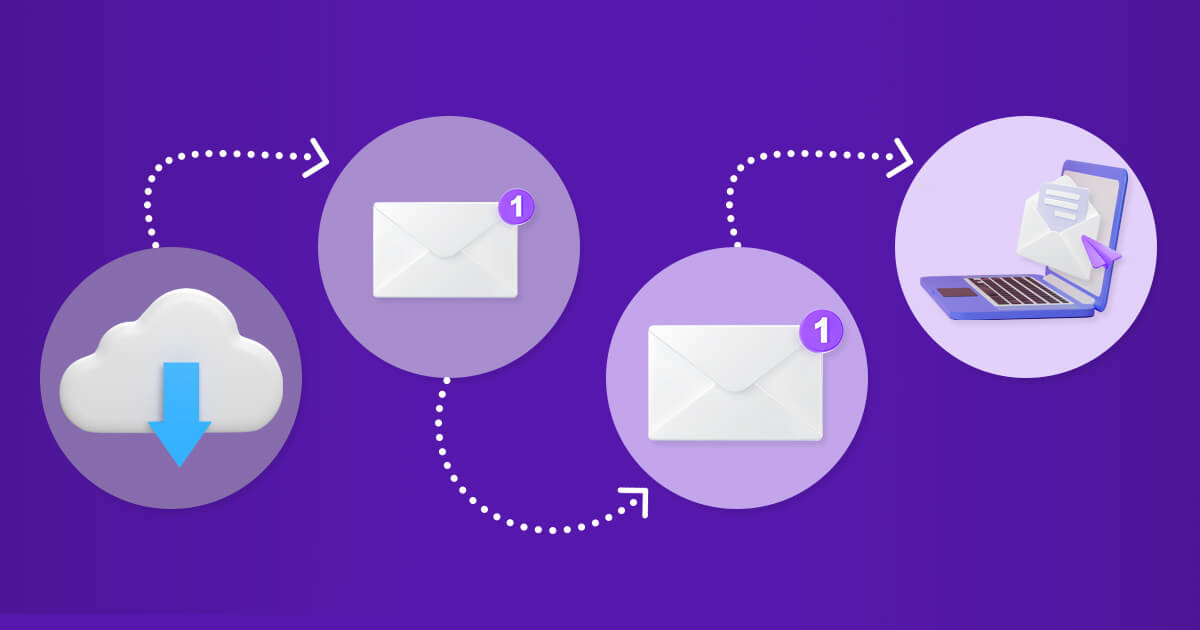What is an email nurture campaign?
As it is quite obvious from its name, this campaign is meant to nurture the relationship between the prospect and the brand. It focuses on the people that already know about your business, but haven’t bought anything yet. So, it’s a kind of tool to convince a lead to become a customer.
The distinctive feature of the email nurture campaign is that instead of direct sales, you are gently pushing the customer to make a purchase. The person you’re communicating with is already aware of your brand, so the task is to make your relationship more personal and less intrusive. You focus on staying relevant to the prospects and ultimately guide them to a sale.
Let’s see how it works.
For example, a person uses a free version of a mobile app for meditation. They frequently browse different sections of the app, listen to free meditations, and read stories. One day they receive an email like this:





























